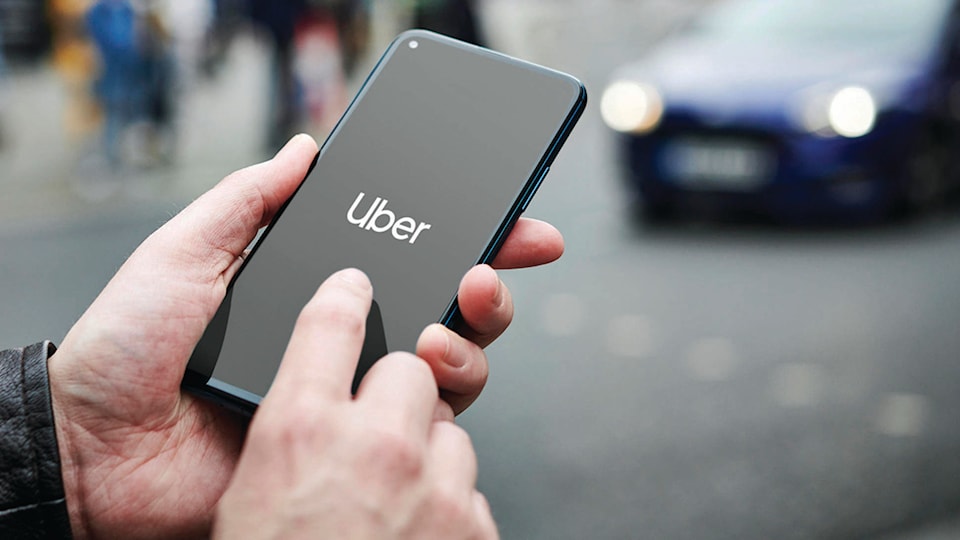The lack of Uber and Lyft on the streets of Metro Vancouver this past holiday season did not go unnoticed.
For advocates of ridesharing, it was annoying. But some painted it as an actual danger – that it drove people into more dangerous habits, such as drunk driving.
By the time we usher in 2021, some kind of ridesharing will likely be in place – though it won’t be the panacea its fondest boosters hope for.
Operation Red Nose also wasn’t running on New Year’s Eve in the Surrey-Langley area, this time because of a lack of volunteers. Arguably, Operation Red Nose is even better at encouraging people not to drink and drive, because it ferries them home with their own car.
Ridesharing, when and if it does arrives, will not be the solution to every problem, from high taxi prices to impaired driving. (In fact, if the experience of other jurisdictions is borne out, it may increase congestion, particularly in high-density urban areas.)
It won’t replace Operation Red Nose’s ability to take your car home. It will still be too expensive for some, no matter how cheap it is.
That’s the thing about transit options. It only works if it’s options, plural. No one method of getting around is going to work for everyone.
Adding rideshare? Great, unless you need a HandyDART, or a long-haul bus, or a daily trip downtown via rapid bus or SkyTrain.
When ridesharing becomes a reality here, it will not be the end of the story. Maybe the regulations will be too strict. Maybe they won’t be strict enough! Maybe more buses plus ridesharing plus SkyTrain to the Abbotsford International Airport is what’s really needed.
Transport remains in flux. We need to roll with the changes.
– M.C.
